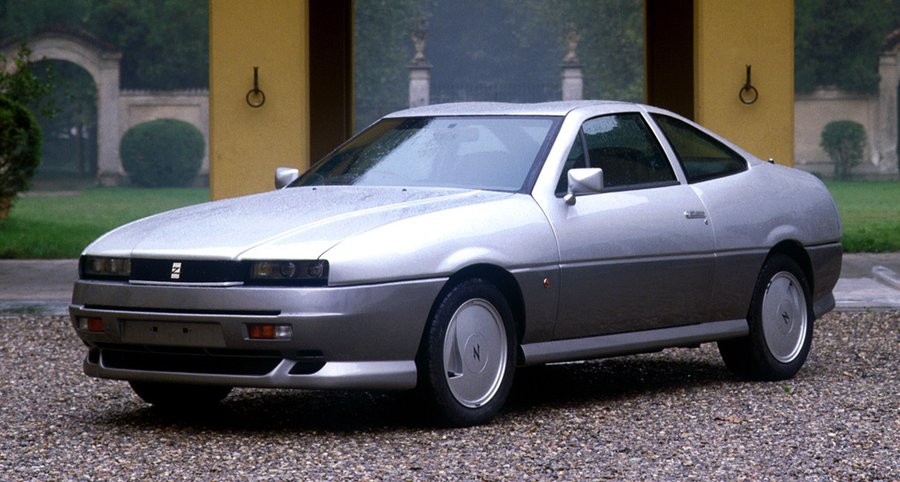Autech Zagato Gavia Is An Italian-Japanese Collab You Never Heard Of

Japan's Bubble Era saw the debuts of some of the country's most legendary cars. It was also the time when the Japanese were throwing as much tech and innovations in just about every car made during the period. From groundbreaking luxury cars such as the first Lexus LS, to daily supercars like original Honda NSX, it was a good time to work for Japanese automakers.
While most of us know the cars and innovations that came out during those years, there are still some gems out there that fly under the radar. One of them is from Nissan, more specifically, from in-house tuner Autech. What is Autech, you asked? Here's a brief history lesson.
Autech was founded in 1986 as a subsidiary of Nissan. The company's specialty is creating unique and rather interesting conversions of existing Nissan models. Some of the memorable and noteworthy models they made include the long-wheelbase version of the Y31 Cedric, the four-door R33 GT-R, and a high-performance model of the Stagea wagon dubbed the Autech Version 260RS. They even had a brief collaboration with Zagato.
One of their collabs was called the Stelvio AZ-1. It's on the radar of die-hard JDM enthusiasts, but there is another one that not a lot might know about. It's the Stelvio AZ-1's predecessor, the Zagato Gavia. It's understandable if it's the first time you're hearing of it, as it is said that less than 20 of these cars were made. YouTube channel WasabiCars was able to get a hold of one and even give some driving impressions.
We won't say what the verdict is on the car, as the video does all of the explaining. Instead, we'll share a few interesting tidbits about it. The Zagato Gavia may look like an '80s vision of a futuristic GT coupe, but its underpinnings are far more humble. It actually rides on a modified Nissan Leopard F31 chassis, which was also offered in the US as the somewhat forgotten Infiniti M30.
The Zagato Gavia also has a unique interior with a few Italian touches here and there. That said, the gear selector is straight from the '80s Nissan parts bin. Even more interesting is the design of the rim. It's looks like a NACA duct that firmly places this car from a bygone era. Whether or not it has benefits is subject for debate. Speaking of parts bin, you might recognize two bits of the exterior that came from other cars. The headlights come from an S13 Silvia, while the side mirrors are said to come from a Honda CRX del Sol.
What's also interesting is what's under the hood. Since it's a GT cruiser from the '80s, one might expect a hushed and pedestrian six-cylinder in there. While that is partly true, Autech injected some performance in it. It's actually the VG30 engine that powered a lot of V6 Nissans at the time. However, this is the VG30DET, meaning it has a turbocharger. It is claimed to make 280 horsepower (206 kilowatts), as that was the power cap imposed on Japanese cars at the time. In reality, it might be closer to 300 horsepower.
It's an interesting piece of JDM history, one that deserves to be more than a footnote. In the end, the Zagato-Autech parternship didn't pan out. However, it wouldn't be the last time Nissan would tap an Italian design firm. The GT-R50 was penned by the folks of Italdesign, and saw far more success than the Zagato partnership.
